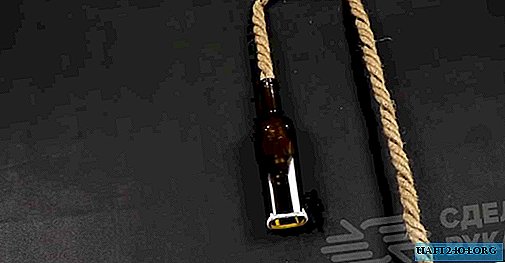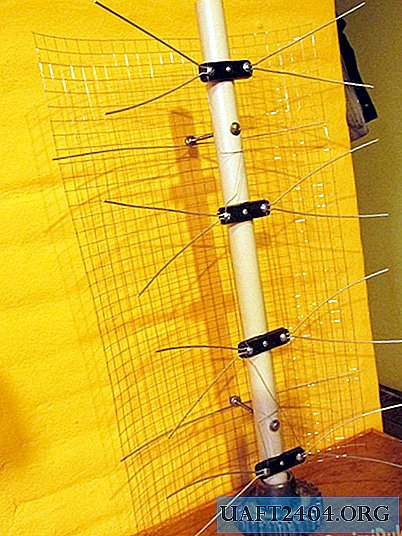Share
Pin
Tweet
Send
Share
Send

It is very difficult to do without a computer microphone now, you cannot use voice search without it, you will not be able to chat with a friend via video communication. However, far from all computers have built-in microphones, and besides, often they do not have very good sensitivity. You can solve this problem quite simply - assemble the microphone yourself.
Scheme

The circuit is extremely simple, it contains only two resistors, two capacitors, a transistor and an electret microphone capsule. The transistor can be applied to almost any low-power n-p-n structure, for example, KT3102, BC547, BC337. An electret microphone can be obtained, for example, in a broken headset, handset, or purchased in a radio parts store. The sensitivity of the microphone will greatly depend on this element, so it is advisable to take a few and check which one is best. The advantage of this circuit is that it uses phantom power. Those. The sound signal is transmitted over the same wires as the power. If you take a voltmeter and measure the voltage at the microphone input of the computer, there will be about 3-4 volts. When connecting a microphone circuit, this voltage should sink to the level of 0.6-0.7 volts, thus, an external power source will not be needed and there will be no extra wires at the workplace.

Circuit assembly
The circuit contains a minimum of parts, so you can assemble it by wall mounting. But, following the traditions, I etched a miniature printed circuit board. Tracks can even be drawn with a marker or with nail polish. A few photos of the process:


Download board:
mikrofon-dlya-kompyutera.zip 5.13 Kb (downloads: 182)
A microphone capsule is soldered from one end of the board, and a shielded wire from the other. Please note that the wire must be with the screen, otherwise the microphone will be scary to sound. The braid of the wire is soldered to the minus, and the two inner conductors are connected and soldered to the output of the circuit. Be sure to observe the polarity of the microphone capsule, otherwise the circuit will not work. One of his conclusions goes to minus, and the second to plus. Determining the polarity is very simple - you need to ring the findings with the metal housing of the capsule. The output that connects to the chassis is negative.


Microphone assembly
A board with sealed parts must be placed in a suitable case for ease of use. Because Since the board has a narrow elongated shape, an ordinary ballpoint pen can be used as a case. To do this, remove the writing rod from it and check whether the board is suitable in width. If the circuit is assembled by wall mounting, then it can be given any shape and there will be no problems with capacity. In addition to the pen, any elongated object is suitable, be it a marker or a simple plastic tube.

The board fits inside, the microphone should stick out slightly from the body. The wire is output from the other side. For reliability, the board together with the wire can be sealed inside the case. The tip of the handle needs to be cut so that the hole becomes wider and sound waves calmly reach the microphone capsule.


Solder the jack 3.5 plug to the other end of the wire to connect to the microphone input of the computer. This completes the assembly of the computer microphone, you can turn it on and check the sound quality.

Share
Pin
Tweet
Send
Share
Send











